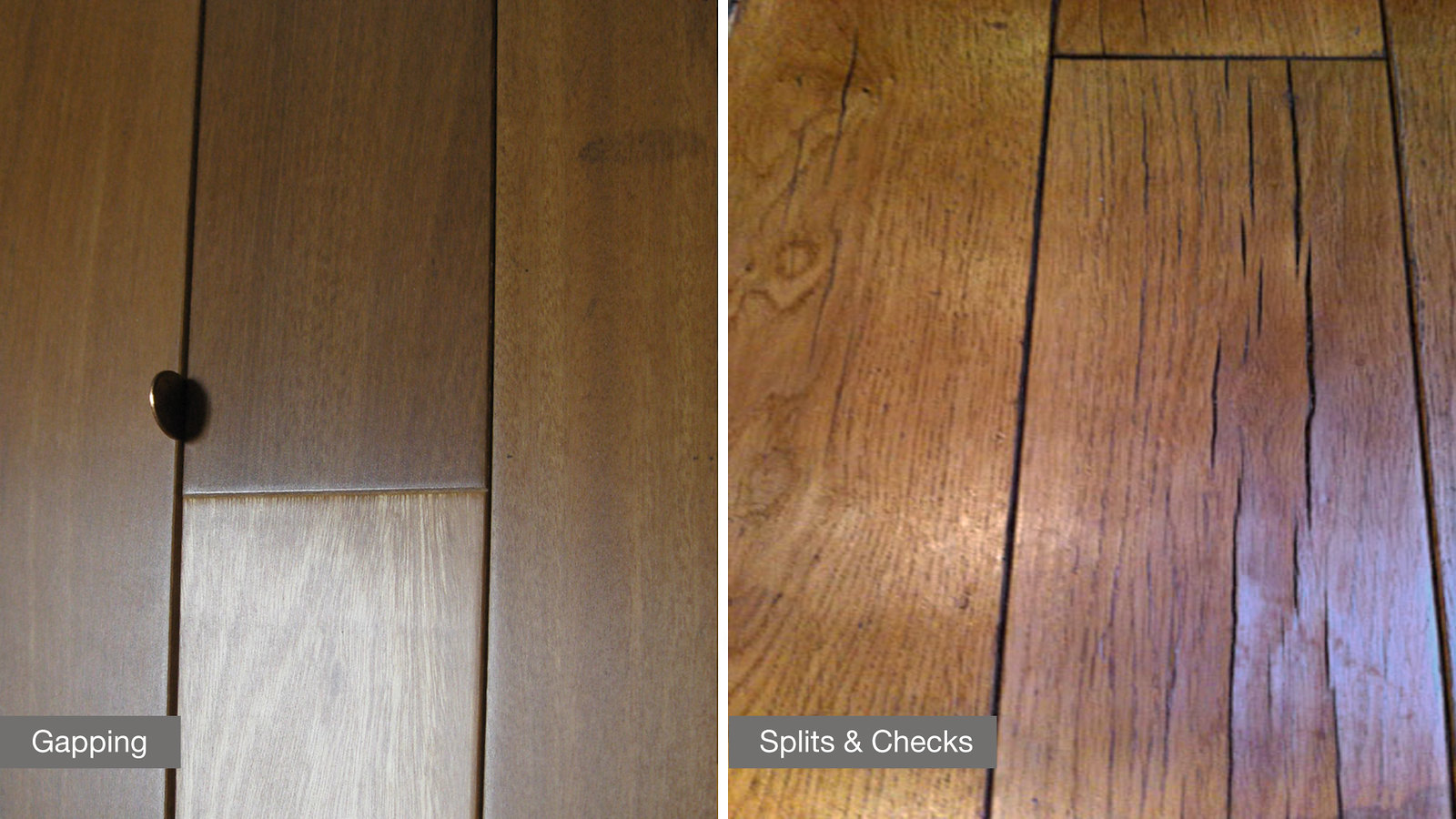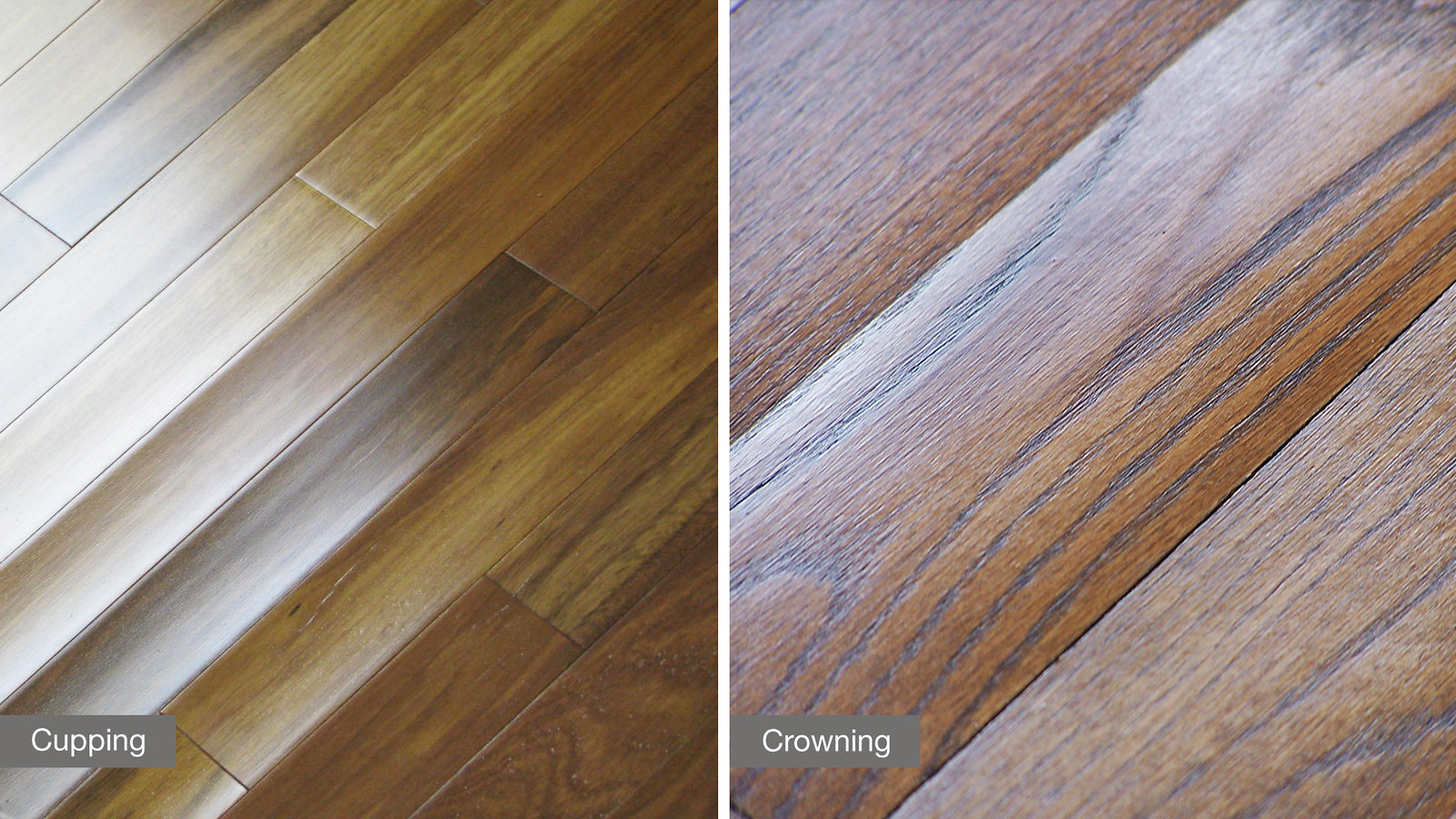maymill
New Member
Here just the idea for home owners or diyer about humidity in the house.
if anyone already know about that. please ignore this
Your hardwood floor is made of… wood! And wood is a natural material that reacts to changes in its environment even after it has been transformed into flooring. Yes, manufacturers have developed different types of hardwood floor constructions to “improve and control” the wood natural reaction to changes in humidity. But keeping humidity at the recommended level is still essential for keeping your hardwood floor looking great, as well as for a healthy home environment.
DRY SEASON
Your hardwood floor during the dry season
During the winter, when homes are heated and the air is dry, wood flooring loses some of its moisture and contracts or shrinks as a result.
Hardwood flooring dryness problems:
– Gapping
It is normal that when relative humidity is lower than recommended, wood plank shrinks, therefore thin gaps can appear between wood planks. Even if the right term to use is gaps, these small gaps between the wood planks can sometimes be called cracks or spaces between wood planks by consumers. Having gaps between your wood planks is normal, and a homeowner should be prepared for it to occur. Once humidity levels rise again, the hardwood floor will expand and most gaps will close up again.
– Splits & Checks
When the wood is faced with extreme conditions, it can be stressed beyond its limitations. Therefore the wood weakens, making your hardwood floor more brittle and increasing the likelihood of damage or splintering. The boards themselves may split, check or crack in the centre or at the ends, or both, along the grain, damaging the finish. This damage is permanent, because your hardwood floor finish is cracked—your wood is no longer protected.

HUMID SEASON
Your hardwood floor during the Humid Season
During warm and humid summers, your hardwood floor will absorb moisture from the air, swelling and expanding as a result. This expansion can create pressure between the boards, which can cause the boards to warp, cup or crack. Both cupping and crowning are natural reactions to moisture and should not be of concern if they occur only to a minor extent. More severe cases, however, indicate a serious moisture problem.
Hardwood floor moisture problems:
– Cupping:
When a wood plank cups, its edges become higher than its centre. This is a reaction due to a humidity level disproportion in the wood plank. There can be numerous causes to cupping, including an excessive level of relative humidity, relative humidity migrating from a basement or crawl space, water infiltration, etc.
Should cupping occur, it’s important to quickly identify the root cause in order to rectify the situation. It will then take some time for the wood flooring to get back to its normal internal humidity balance and shape. In some instances, the use of fans and/or dehumidifiers might be necessary to bring everything back to normal.
– Crowning:
Crowning is the opposite of cupping. The middle of the board is higher than the board’s edges. This can occur when the surface of the floor encounters moisture. It most often occurs when a floor has been sanded too soon after cupping. When this happens, the top edges of the board are sanded off and are therefore lower than the rest of the board when returning to a normal moisture content.

Always keep in mind that keeping the humidity and temperature level at the recommended level is not only essential for keeping your hardwood floor looking great, but also to provide you with a healthy home environment!
Humidity for Hardwood Floors Winter and Summer
if anyone already know about that. please ignore this
Your hardwood floor is made of… wood! And wood is a natural material that reacts to changes in its environment even after it has been transformed into flooring. Yes, manufacturers have developed different types of hardwood floor constructions to “improve and control” the wood natural reaction to changes in humidity. But keeping humidity at the recommended level is still essential for keeping your hardwood floor looking great, as well as for a healthy home environment.
DRY SEASON
Your hardwood floor during the dry season
During the winter, when homes are heated and the air is dry, wood flooring loses some of its moisture and contracts or shrinks as a result.
Hardwood flooring dryness problems:
– Gapping
It is normal that when relative humidity is lower than recommended, wood plank shrinks, therefore thin gaps can appear between wood planks. Even if the right term to use is gaps, these small gaps between the wood planks can sometimes be called cracks or spaces between wood planks by consumers. Having gaps between your wood planks is normal, and a homeowner should be prepared for it to occur. Once humidity levels rise again, the hardwood floor will expand and most gaps will close up again.
– Splits & Checks
When the wood is faced with extreme conditions, it can be stressed beyond its limitations. Therefore the wood weakens, making your hardwood floor more brittle and increasing the likelihood of damage or splintering. The boards themselves may split, check or crack in the centre or at the ends, or both, along the grain, damaging the finish. This damage is permanent, because your hardwood floor finish is cracked—your wood is no longer protected.

HUMID SEASON
Your hardwood floor during the Humid Season
During warm and humid summers, your hardwood floor will absorb moisture from the air, swelling and expanding as a result. This expansion can create pressure between the boards, which can cause the boards to warp, cup or crack. Both cupping and crowning are natural reactions to moisture and should not be of concern if they occur only to a minor extent. More severe cases, however, indicate a serious moisture problem.
Hardwood floor moisture problems:
– Cupping:
When a wood plank cups, its edges become higher than its centre. This is a reaction due to a humidity level disproportion in the wood plank. There can be numerous causes to cupping, including an excessive level of relative humidity, relative humidity migrating from a basement or crawl space, water infiltration, etc.
Should cupping occur, it’s important to quickly identify the root cause in order to rectify the situation. It will then take some time for the wood flooring to get back to its normal internal humidity balance and shape. In some instances, the use of fans and/or dehumidifiers might be necessary to bring everything back to normal.
– Crowning:
Crowning is the opposite of cupping. The middle of the board is higher than the board’s edges. This can occur when the surface of the floor encounters moisture. It most often occurs when a floor has been sanded too soon after cupping. When this happens, the top edges of the board are sanded off and are therefore lower than the rest of the board when returning to a normal moisture content.

Always keep in mind that keeping the humidity and temperature level at the recommended level is not only essential for keeping your hardwood floor looking great, but also to provide you with a healthy home environment!
Humidity for Hardwood Floors Winter and Summer




